HotSpots H2O, April 9: Spotlight on Libya
The Rundown
In the 1980s, Libyan leader Muammar Gaddafi commissioned the Great Man-Made River, a sprawling network of pipelines designed to carry water from aquifers in the Sahara to the country’s coastal cities. Although the multibillion-dollar project did not extend as far as planned, the Libyan government still succeeded in laying over 1,000 miles of pipeline. For years, the Great Man-Made River supplied water to Libya’s northern farmland and several cities, including Benghazi and Tripoli.
In 2011, amid the chaos of civil war, Gaddafi was overthrown. Unrest continues today, along with the breakdown of basic services. Parts of the Great Man-Made River have fallen into disrepair; other sections have been damaged by fighting. Water shortages are commonplace in Libya’s cities. In the final months of 2017, water supply to Tripoli was cut twice. Many Libyans are now drilling personal wells, a costly endeavor that often yields contaminated water. In mountainous rural areas, water shortages are also acute, and many families rely on trucked-in supplies.
“These areas had no electricity for years, which meant that the existing [water] pumps corroded due to inactivity. In some cases the pumps need to be renovated, but in others they need to be completely replaced.” –Mohammed, director of the General Company for Water and Sanitation in Benghazi, in reference to deteriorating equipment in Libya’s cities. The breakdown in infrastructure has made it difficult for many displaced Libyans to return home.
By The Numbers
1,600 km (1,000 miles) Length of Phase I of the Great Man-Made River (GMR), which supplies water to western and northern Libya. The GMR is intended to have five phases. Phase II, which supplies water to Tripoli, is the only other completed section.
2 million Number of Libyans in Tripoli and surrounding coastal cities that were without water when an armed group cut off a key water-supply pipeline in October and December 2017.
165,478 Current number of internally displaced people (IDPs) in Libya, according to estimates by UNHCR. Many IDPs do not have adequate water or sanitation services.
4,000-6,000 Libyan dinars ($2,940-$4,410 USD) Cost of drilling a well through concrete streets and sidewalks in Tripoli, Libya in order to access groundwater.
16,000 cubic liters Annual output of a desalination plant in Zuwara, Libya, down from 80,000 cubic liters prior to the civil war. Production at desalination plants across the country has fallen dramatically.
On The Radar
Libya remains in the midst of civil war, inhibiting the rebuilding of its infrastructure. According to a report by the UN HIgh Commissioner for Refugees, more than a thousand families were displaced between March 31 and April 6 due to skirmishes between armed groups. Access to water and sanitation is one of the largest concerns for both IDPs and host communities.
For years, delivery of power, water, healthcare, and sanitation has faltered. A 2017 report by the United Nations Development Programme claims that restoration of basic services is key to stabilizing Libya and allowing Libyans to look ahead “to lives of greater security, dignity and opportunity.”
Resources and Further Reading
Basic services are key to stabilizing Libya (UNDP)
Great Man-Made River (Britannica)
Libyans dig for water in latest test for capital’s residents (Reuters)
Libyans forced to dig for water in backyards (Al Jazeera)
Ongoing water cuts and disruptions in Libya’s Tripoli and coastal cities impact 600,000 children [EN/AR] (ReliefWeb)
Supporting Benghazi returnees with access to water (ReliefWeb)
UNHCR Flash Update Libya (31 Mar. – 6 Apr. 2018) [EN/AR] (ReliefWeb)
Kayla Ritter is a recent graduate of Michigan State University, where she studied International Relations and Teaching English to Speakers of Other Languages. She is currently based in Manton, Michigan. Kayla enjoys running, writing, and traveling. Contact Kayla Ritter

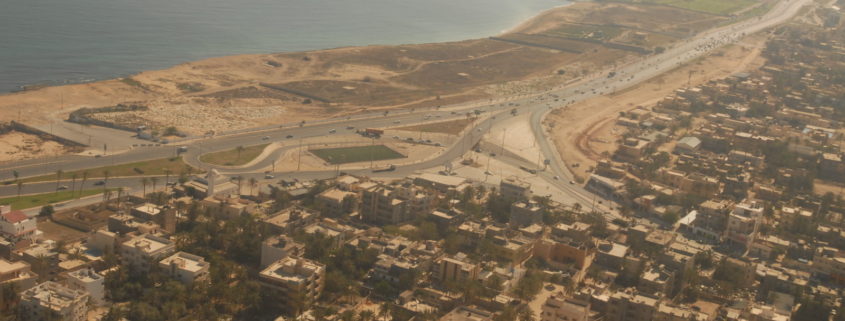

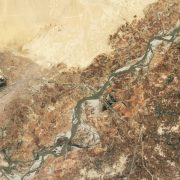
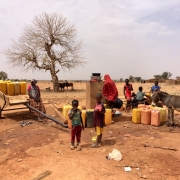
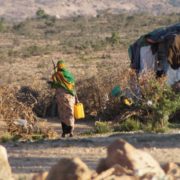
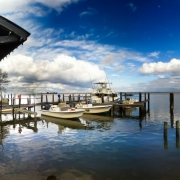
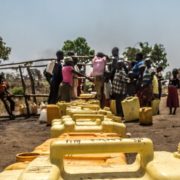
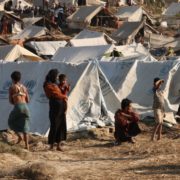



Leave a Reply
Want to join the discussion?Feel free to contribute!